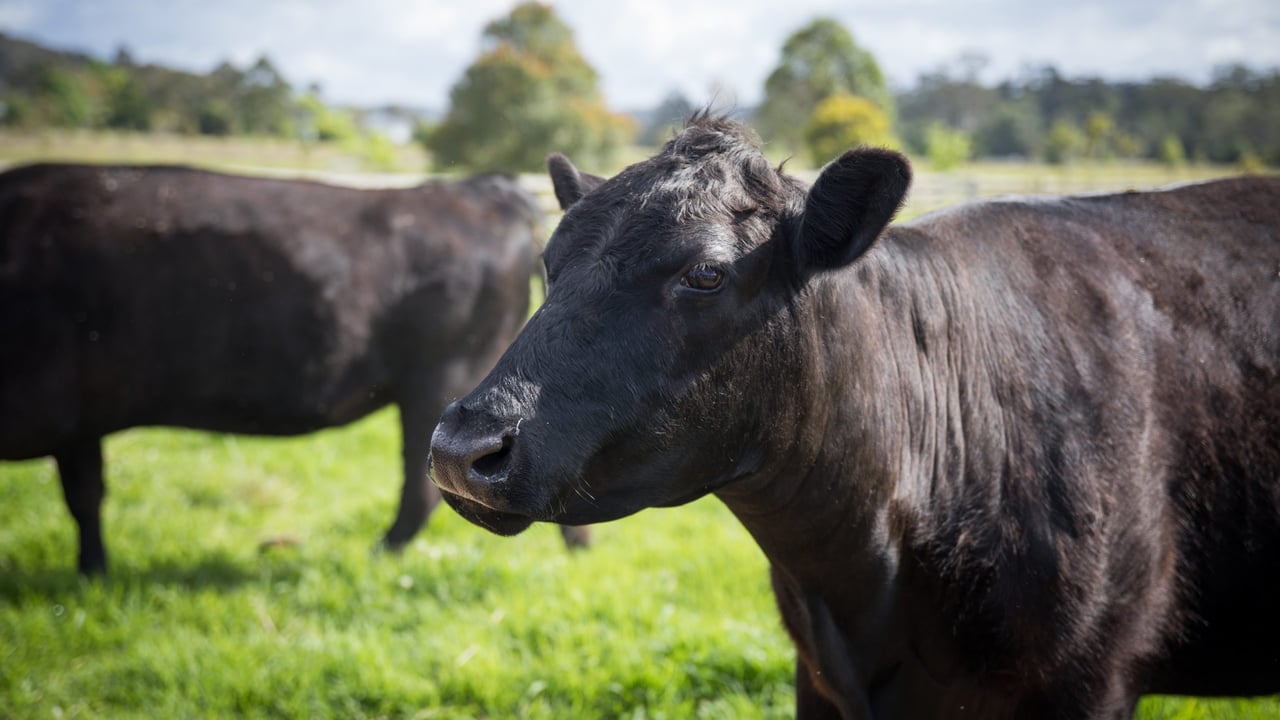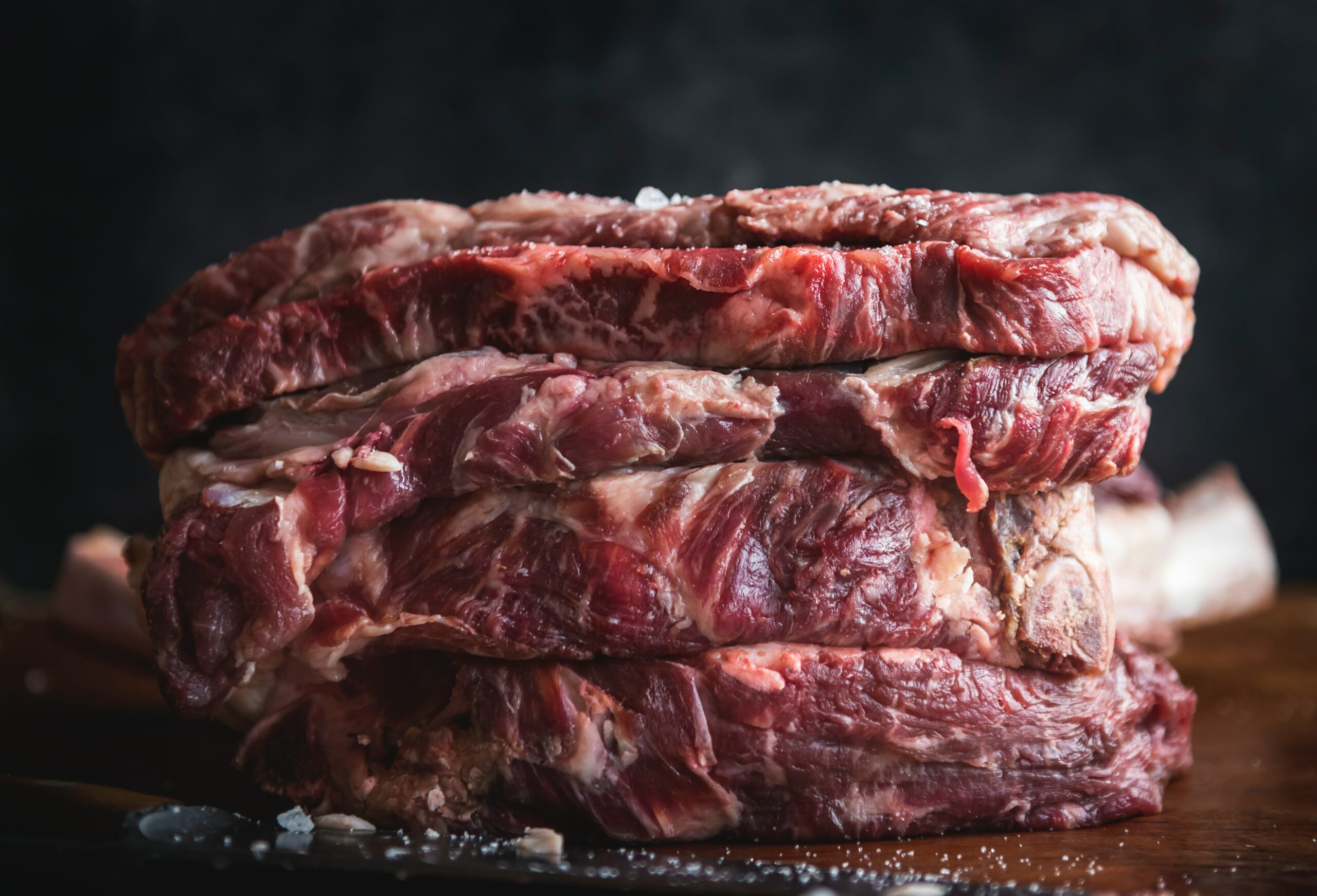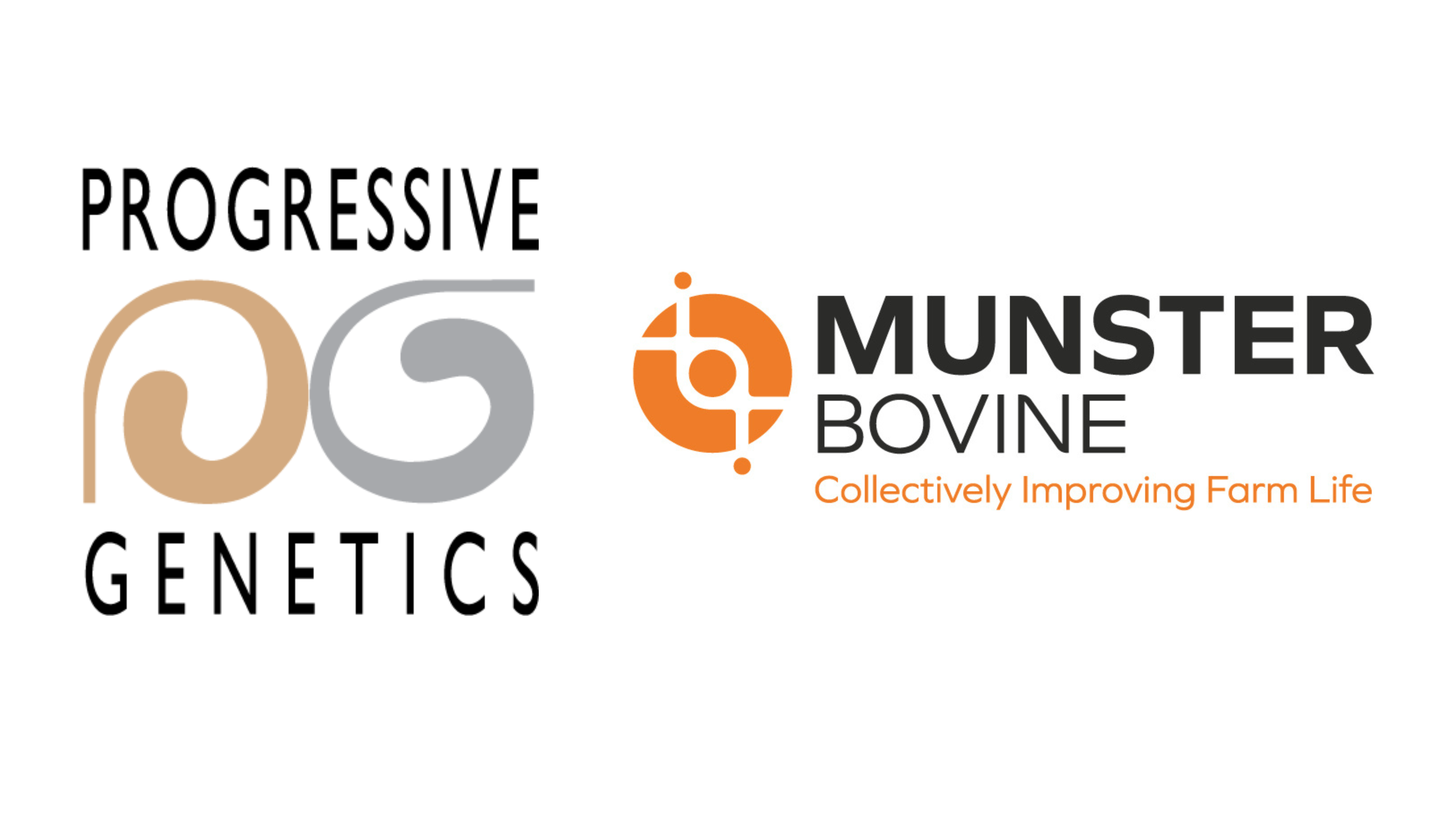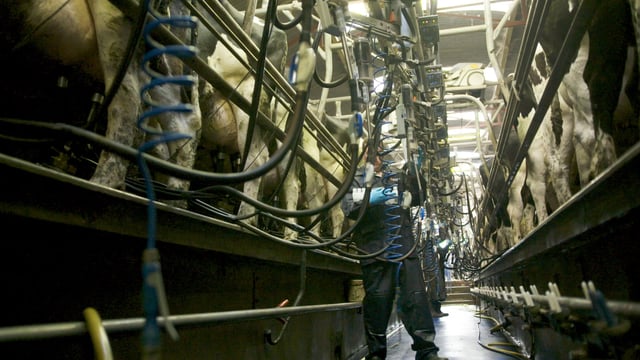Cattle trade prices soar 34% year on year driven by demand from UK
The "tightness of supply" in UK beef production and a reliance on Irish beef imports to "fill that gap" is driving up Irish prices, according to Joe Burke, senior manager of Bord Bia's Meat and Livestock team.
Burke said the latest price paid to Irish farmers for R3 steers, last week, by meat plants was "€6.91/kg excluding VAT, which was up from €5.14/kg during the same week last year".
He said this represents "a dramatic 34% increase".
The senior manager of Bord Bia's Meat and Livestock team also pointed to a similar scenario in the UK.
"The average price paid last week for the same category was £6.63 sterling /kg - equivalent to €7.89/kg excluding VAT - which was up from just £4.97/kg - equivalent to €5.82/kg - at the same time last year, so again this represents a 34% increase in the price received by the British farmer," he added.
A recent report from the Agriculture and Horticulture Development Board (AHDB) highlighted that UK beef production is expected to decrease by 5% in 2025 which is one of the key factors behind buoyant Irish beef exports to the market.
The report suggested that the reduction in UK beef production – expected to fall 5% year-on-year to 885,000 tonnes – follows “sustained reductions” in cattle numbers.
Last year UK beef production increased by nearly 4% to 934,000 tonnes, but 2025 is expected to see a “shift in supply dynamic” the board has said.
According to AHDB prime cattle availability is forecast to decline, with a 6% drop in prime cattle slaughter to 1.99 million head.
Burke said this has driven the recent "volatility" in Irish prices combined with the fact that there remains strong demand for Irish beef in other key export markets.
Overall this combination is helping propel the increase in the deadweight beef trade.
"We're used to single digit price increases or unfortunately at times declines, to see a huge increase year on year as we have done - it is very significant.
"The decline in UK output will be even more pronounced when it comes to prime cattle - supplies of steers and heifers especially which makes up the preference and predominate specifications of the major retailers, are predicted to be of even tighter supply," he added.
Latest market research would suggest that there is no slowdown in the UK consumer's appetite for red meat
Analysis by Kantar detailed that consumer spend on beef products grew by 6.1% year-on-year, over the four weeks to 23 February, thanks to a combination of a 0.4% increase in volumes purchased as well as a 5.7% increase in average prices paid.
According to Hannah McLoughlin from AHDB total primary beef volumes saw a 1.6% increase over this period.
"Mince saw a 2.5% increase in volumes purchased, +870 tonnes, due to an increase in frequency of purchase and an increase in volumes purchased per buyer.
"Diced beef saw volume growth this period, +13.2%, due to an increase in buyers, as well as an increase in volumes purchased per buyer.
"Steak also saw volume growth, up 1.4% year-on-year, driven by an increased frequency of purchase," she added.
Although according to Burke the domestic market in Ireland "only accounts for less than 15% of Ireland’s beef output", since the vast majority of Irish beef production is exported it is worth noting latest retail trends.
He pointed to the research by Kantar Worldpanel that showed the volume of beef purchased through retail by Irish shoppers fell by 2.5% for the latest 12-weekly figures (up to February, 23 2025).
"This coincided with a 4.1% increase in the average price, which was €10.63/kg.
"Over the same period, there was a 6.0% increase in the volume of chicken purchased by Irish shoppers - at an average retail price of €6.47/kg - and a 7.2% improvement for the pork category, which had an average retail price of €7.68/kg," Burke added.
But looking ahead he said it is important to note that "only a relatively small proportion of the price increase which has been experienced at beef producer level has yet been passed on to the consumer, or in this case the shopper".
"This is partly because retailers tend to negotiate prices with their suppliers a couple of months in-advance.
"Also, because of the highly competitive nature of that sector, they tend to be slow to rise their selling prices," Burke said.






